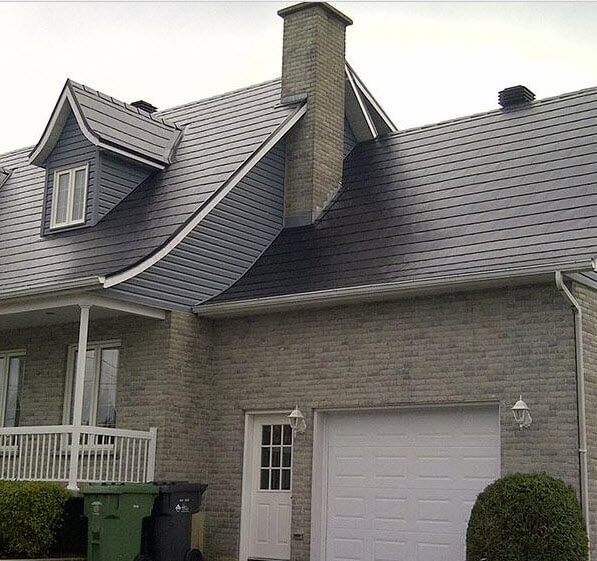Roof Talk-101 Can Santa Damage Your Roof?
We are officially less than one week until the big day. We
hope you all have your shopping underway, your meals planned and your stockings hung. Santa is preparing also, loading up his sleigh with enough presents for everyone. If you think about it, enough presents for the entire world weighs quite a bit right? When you include Santa’s reindeer and his reputation for having a few extra pounds, that all adds up to a quite a big payload that needs to fly around landing on everyone’s roof
hope you all have your shopping underway, your meals planned and your stockings hung. Santa is preparing also, loading up his sleigh with enough presents for everyone. If you think about it, enough presents for the entire world weighs quite a bit right? When you include Santa’s reindeer and his reputation for having a few extra pounds, that all adds up to a quite a big payload that needs to fly around landing on everyone’s roof
Have you ever thought about the impact Santa’s hundreds of thousands of landings have had on rooftops around the world?
First of all, Santa is not known for his smooth landings. He always forgets to pull up at the last second and his reindeer are always knocking shingles loose. Loose shingles can lead to water infiltration, leaks and damaged roof decking, so it’s important to get those repaired as soon as you can.
Santa is notorious for trying to move too quickly from his sleigh to the chimney and he kicks his large boots into the flashing around skylights and vents. If these go unnoticed, you can have water backing up underneath the flashing and causing a leak to drip down onto your christmas dinner!
The chimney itself is no stranger to Santa-damage either. He has to wedge himself and the presents down the chimney and chimneys are not made for that type of pressure! This can lead to dislodged bricks and broken mortar. If you have loose bricks or broken mortar, this is something that can lead to further degradation of your chimney and roof area. This should be looked at as soon as you get the wrapping from your presents cleaned up.
All of the walking Santa and his reindeer do on the roof can knock those little granules off your shingles. You can notice them building up in your gutters. These granules aren’t just garbage though, they help protect your roof. Knock too many of them loose and your roof isn’t well protected anymore and should be looked at by a professional.
When you consider your roof is basically a landing strip for Santa and his crew once per year, you should be fairly impressed. He has to get going fast enough to take off in a very short distance. For this reason, sometimes Santa and the reindeer dip a bit on the takeoff and clip the gutters. Santa has clipped his fair share of gutters around the world! If you have a broken gutter, or it’s loaded up with ice, this will be a problem for you come spring when the rain begins. Gutters are crucial to keep water away from your foundation and many other functions, so don’t forget to repair any Santa-damaged gutters come spring!
Keeping your roof and gutters intact is tough enough in Texas without the added concern of handling the impact of a crazy flying man and his reindeer trampling around on them once per year, but if that’s the price we have to pay in order to celebrate the best holiday of the year, we’ll take it. Merry Christmas From the Roofguard-LLC Family.
ROOFGUARD-LLC has been installing commercial roofing systems for over 30 years. We have the solutions you are looking for if you desire a new commercial roof or need a re-roof. ROOFGUARD -LLC only uses the best products and installation practices to insure you have a worry free commercial roof. For more information ROOFGUARD-LLC visit us at. www.roofguardtexas.com and we also invite you to Like Us on our Roofguardtexas Facebook Page .










